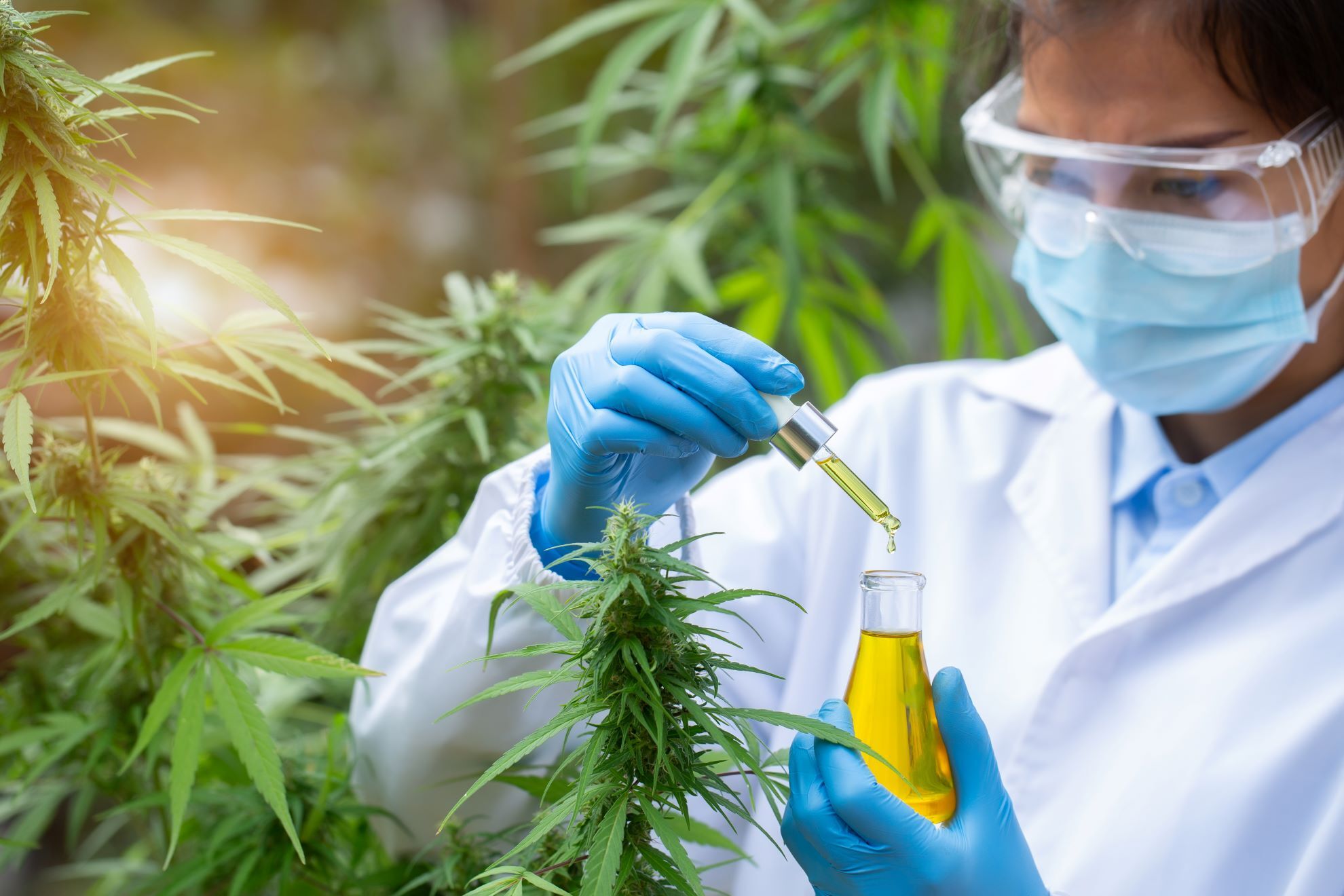Posted by Kimber McIntyre on Aug 18th 2025
New Cannabinoid Making Huge Impact on Medical Research - Meet CBM, a Possible New Discovery in Diabetes Treatment
There's a new cannabinoid on the scene and it's name is Cannabimovone aka CBM and it's making a huge impact on medical research from here to Italy.
Cannabis has been cultivated and respected for thousands of years, however, it is only during the last century that science has begun to unveil its true complexity. As recently as the mid-20th century, our misconceptions, regarding the chemical structure of cannabis components, remained considerable. In fact, it’s only in the last few decades that the taxonomy of the hemp plant and its derivatives has become truly comprehensive during medicinal studies, as it was never looked into due to being unable to provide any psychoactive properties. (1)
To date, at least 113 cannabinoids have been isolated in cannabis, with THC and CBD being the most well-known compounds. However, throughout recent years, more cannabinoids have been found to hold important medicinal properties, such as CBG, CBG and CBM. (2)
Scientists only recently started looking closely at rare, minor cannabinoids, like cannabimovone (CBM). Only present in rare varieties of hemp and in very small quantities, CBM has been incredibly hard to obtain. This is frustrating because CBM may offer exciting benefits for certain medical conditions. (1)
Researchers have been quoted saying “[…] findings support CBM as a new bioactive compound potentially useful for the treatment of insulin resistant disorders,” which essentially means that this newly investigated cannabinoid could be a potential treatment for type 2 Diabetes.
Independent studies show that CBM has the capacity to help treat various neuro-inflammatory conditions such as Parkinson’s and Multiple Sclerosis. CBM is a cannabinoid that is most likely going to have a big part to play in cannabis-related medicine in the future; as of now, it’s only been found in large amounts in Carmagnola hemp plants, which are an Italian landrace strain, although scientific advances may allow it to be bred with other strains or genetically modified in order to create even larger amounts, or even replicated in a lab.
There is evidence that cannabinoids can help with varying issues, from pain and inflammation, to treating withdrawal symptoms and chemotherapy side-effects, and anecdotal evidence for many other treatments such as certain cannabinoids’ anti-viral capacities and many other claims that have been made over the years. The fact that CBM interacts with and activates receptors that are very closely involved in insulin and metabolism regulation should be enough on its own to warrant further research into a compound that could possibly help treat an issue that over 9.3% of the world’s population struggles with. (2)

Carmagnola Hemp and Cannabimovone
A cannabinoid called Cannabimovone (CBM) was recently discovered in a hemp plant known as Carmagnola and has been recognized as a cannabinoid with some unique benefits to offer. These benefits could include advances in the treatment of diabetes, eating, and metabolic disorders. The Carmagnola strain is named after the village in Piedmont, near Turin in Italy where it was found. This village is known historically to specialize in growing hemp for use in making things such as sails, nets, ropes, and marine wear, claims Thistle Therapies - one of the few companies to stock these seeds due to an 80 percent decline in the import of hemp cultivars since 2015.
It was discovered in research carried out by a group of Italian research centers and universities. Their findings published in March 2020 in Molecules, a research journal, claims that this cannabinoid works differently from THC and CBD, though its biological structure is similar to that of CBD. Research also indicated that CBM might be able to boost metabolism and suitable insulin levels in the body. They were also able to achieve the synthesis of both cannabimovone and anhydrocannabimovone cannabinoids. (3)
Cannabimovone (CBM) is a phytocannabinoid first isolated from a non-psychoactive strain of Cannabis sativa in 2010, which is thought to be a rearrangement product of cannabidiol. It lacks affinity for cannabinoid receptors, but acts as an agonist at both TRPV1 and PPARγ. To learn the more of the science, click here.

CBM and the IMPORTANCE OF CANNABINOID RESEARCH IN MEDICINE
The discovery of CBM through research is an important step in the move towards getting an insight into its possible benefits and the possibility of the discovery of more cannabinoids. This allows us to closely monitor their interactions with the endocannabinoid system and the receptors within the human body to see any potential this could offer in the treatment of various conditions such as eating and metabolic disorders, diabetes among others. This was backed up by the assertion of researchers regarding the ability to promote insulin signaling, thus making it useful in the development of anti-diabetic drugs. What this means is that a combination of cannabinoids such as THC, CBD, CBM, THCV, and any other cannabinoid with insulin-regulating properties can be used in the production of an anti-diabetic drug.
Furthermore, CBM could serve as an addition to terpenes and cannabinoids in creating synoptic cannabis extracts. This is because studies indicate that these cannabinoid products need to be all-inclusive by incorporating the minor cannabinoids to enhance the effects of THC and CBD which are the major cannabinoids. Despite possibilities that CBM is available in other strain selections, it is hoped that some breeders will consider crossing the Carmagnola strain with other strains in a bid to harness its high CBM content level for the creation of other varieties that will contain equally significant amounts of CBM.
It is important to keep in mind that much effort is being put into these studies because cannabinoids do not only seem safer, but also have serious medical potential that can be harnessed for the benefit of mankind and extensive studies are constantly being conducted to make this a reality with the support of independent research and extensive studies participated in by small labs and companies like Thistle Therapies, Elite Life Labs, Infinite Labs, Natural Healthy, CBD Social Clubs, freelance journalists and independent participants like you!
Together we can heal, learn, teach, and thrive.
Keeping you in the loop follow Blunt Media… From independent sources to your fingertips.
To join our independent team of people, labs, journalists, companies, researchers, and developers in industry investigation and development, please contact Kimber@naturalhealthycbd.com.
Sources

